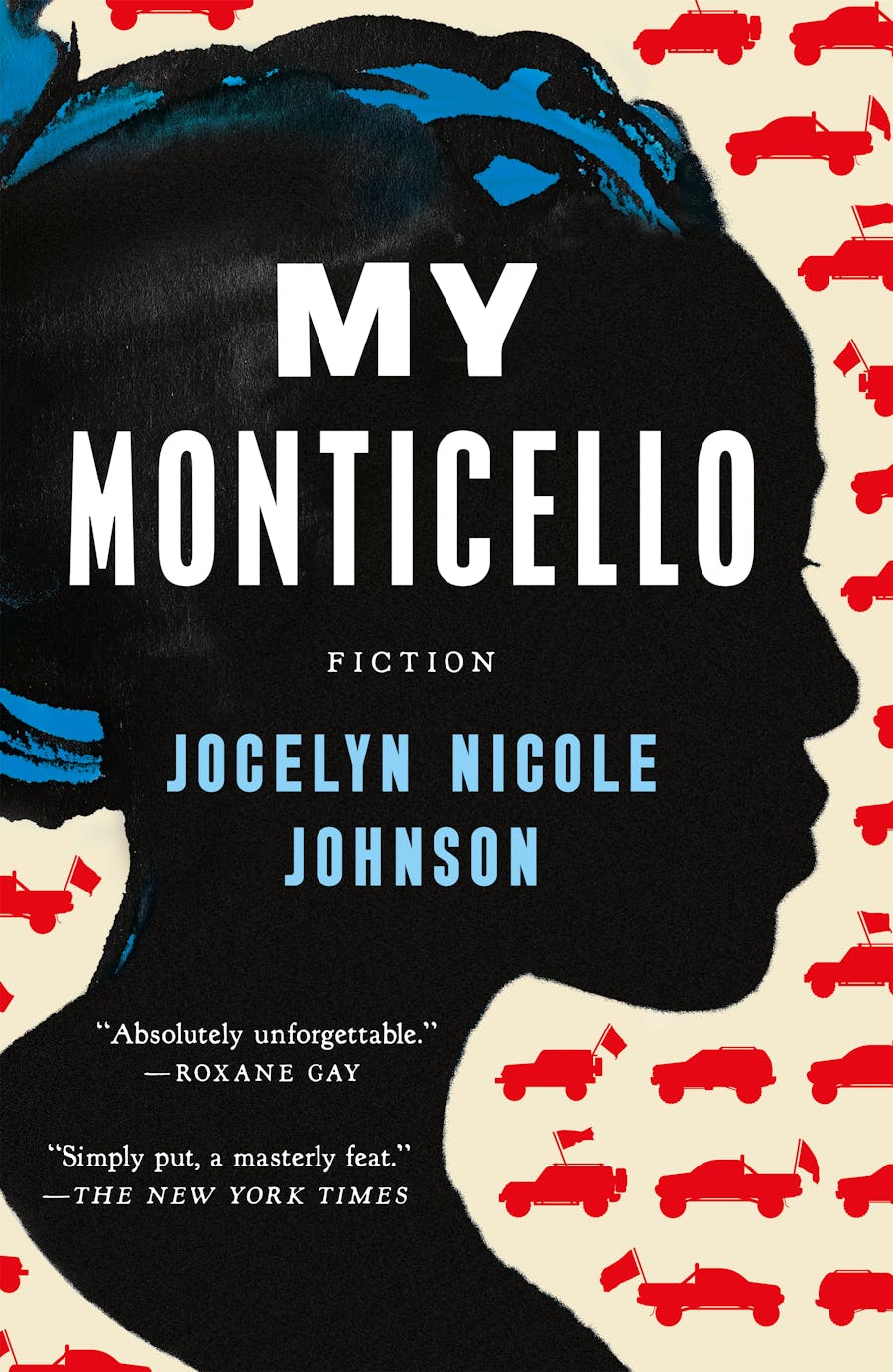Master of the Mountain: Thomas Jefferson and His Slaves
Farrar, Straus and Giroux an imprint of Macmillan
2012-10-16
352 pages
Hardback ISBN-10: 0374299560; ISBN-13: 978-0374299569
Henry Wiencek

Is there anything new to say about Thomas Jefferson and slavery? The answer is a resounding yes. Master of the Mountain, Henry Wiencek’s eloquent, persuasive book—based on new information coming from archaeological work at Monticello and on hitherto overlooked or disregarded evidence in Jefferson’s papers—opens up a huge, poorly understood dimension of Jefferson’s world. We must, Wiencek suggests, follow the money.
So far, historians have offered only easy irony or paradox to explain this extraordinary Founding Father who was an emancipationist in his youth and then recoiled from his own inspiring rhetoric and equivocated about slavery; who enjoyed his renown as a revolutionary leader yet kept some of his own children as slaves. But Wiencek’s Jefferson is a man of business and public affairs who makes a success of his debt-ridden plantation thanks to what he calls the “silent profits” gained from his slaves—and thanks to a skewed moral universe that he and thousands of others readily inhabited. We see Jefferson taking out a slave-equity line of credit with a Dutch bank to finance the building of Monticello and deftly creating smoke screens when visitors are dismayed by his apparent endorsement of a system they thought he’d vowed to overturn. It is not a pretty story. Slave boys are whipped to make them work in the nail factory at Monticello that pays Jefferson’s grocery bills. Parents are divided from children—in his ledgers they are recast as money—while he composes theories that obscure the dynamics of what some of his friends call “a vile commerce.”
Many people of Jefferson’s time saw a catastrophe coming and tried to stop it, but not Jefferson. The pursuit of happiness had been badly distorted, and an oligarchy was getting very rich. Is this the quintessential American story?
The thunderstorm that shook the mountain during the telling of Peter Fossett’s story passed. We tourists were deposited back into the present, with shafts of sunlight illuminating a peaceful scene–a broad pathway stretching into the distance, disappearing over the curve of the hillside. Jefferson named it Mulberry Row for the fast-growing shade trees he planted here in the 1790s. One thousand yards long, it was the main street of the African-American hamlet atop Monticello Mountain. The plantation was a small town in everything but name, not just because of its size, but in its complexity. Skilled artisans and house slaves occupied cabins on Mulberry Row alongside hired white workers; a few slaves lived in rooms in the mansion’s south dependency wing; some slept where they worked. Most of Monticello’s slaves lived in clusters of cabins scattered down the mountain and on outlying farms. In his lifetime Jefferson owned more than 600 slaves. At any one time about 100 slaves lived on the mountain; the highest slave population, in 1817, was 140…
…Jefferson made his emancipation proposal around the same time he took on an intriguing legal case, Howell v. Netherland, that illuminates the shifting, increasingly ambiguous racial borderland in colonial Virginia, where strict enforcement of racial laws could have the effect of making white people black.
In the winter of 1769, Samuel Howell, a mixed-race indentured servant who had escaped from his master, sought a lawyer in Williamsburg to represent him in suing for freedom. His grandmother was a free white woman, but his grandfather was black, so Howell had become entrapped in a law that prescribed indentured servitude to age thirty-one for certain mixed-race people “to prevent that abominable mixture of white men or women with negroes or mulattoes.” Howell, aged twenty-seven, was not indentured forever, since he would be freed in about four years, but nonetheless Jefferson felt angry enough over this denial of rights that he took Howell’s case pro bono.
Jefferson later became famous for his diatribes against racial mixing, but his arguments on behalf of Howell, made more than a decade before he wrote down his infamous racial theories, suggest that the younger Jefferson harbored doubts about the supposed “evil” of miscegenation. The word “seems” in the following sentence suggests that he did not quite accept the prevailing racial ideology: “The purpose of the act was to punish and deter women from that confusion of species, which the legislature seems to have considered as an evil.”
Having just one black grandparent, Howell probably appeared very nearly white. But with the full knowledge that Howell had African blood, Jefferson argued to the justices that he should be immediately freed. He made his case partly on a strict reading of the original law, which imposed servitude only on the first generation of mixed-race children and could not have been intended, Jefferson argued, “to oppress their innocent offspring.” He continued: “it remains for some future legislature, if any shall be found wicked enough, to extend [the punishment of servitude] to the grandchildren and other issue more remote.” Jefferson went further, declaring to the court: “Under the law of nature, all men are born free,” a concept he derived from his reading of John Locke and other Enlightenment thinkers, the concept that would later form the foundation of the Declaration of Independence. In the Howell case, Jefferson deployed it in defense of a man of African descent…
Read the entire excerpt here.








